Vietnamese Beverages: Basic Overview
Common Ingredients
Common Preparing Methods
Key Taste
Drinking Etiquette
Culinary Festivals
Influence and Fusion
Classifications of Vietnamese Beverages
-
Alcoholic Beverages
Vietnamese alcoholic drinks encompass a wide array, from traditional glutinous rice wines to modern craft beers, reflecting the country’s rich heritage and agricultural diversity.
These beverages are integral to social and ceremonial gatherings, embodying Vietnamese hospitality and tradition.
-
Non-alcoholic Beverages
Vietnam’s non-alcoholic beverage scene is diverse, featuring everything from the renowned Vietnamese coffee and tea varieties to refreshing fruit juices and smoothies.
Ingredients like tropical fruits, sugarcane, and coconut water highlight the country’s rich natural bounty.
These drinks are central to daily life and hospitality in Vietnam, showcasing creativity and tradition in each sip.
Vietnamese beverages are drinks widely consumed in Vietnam, a Southeast Asian nation. These beverages range from alcoholic to non-alcoholic options, with tastes ranging from sweet and sour to bitter, catering to a wide array of palates.
Many Vietnamese beverages are considered street beverages, reflecting the country’s robust street food scene where drinks are readily available from vendors and stalls lining the streets. This accessibility makes it easy to enjoy a variety of drinks at any time of the day.
To learn everything about Vietnamese beverages, let’s start with popular drinking customs in the country. Then, I will delve into the most well-known 31 Vietnamese beverages, detailing their characteristics along the way.
To give you a better insight into the diverse drink options available, I’ll look into what makes Vietnamese drinks unique, the factors influencing them, and also the practice of matching drinks with food.
31 Popular Vietnamese Beverages with Filters
The 31 fantastic Vietnamese beverages listed in this guide will give you a comprehensive overview of Vietnamese beverages. With my interactive filters, you can navigate the suggested drinks by popularity, ingredients, tastes, and preparation methods.
In addition, expand your options with other filters based on traditional, national, exotic, fusion, and street beverage labels. Also, the beverages in this guide are organized by how popular they are for your ease of reference.
Cà Phê
- Non-Alcoholic
- Street Beverages
- Traditional
Cà phê is a traditional Vietnamese coffee known for its strong flavor and thick texture, often made with dark roast coffee. The unique preparation involves brewing the coffee through a small metal drip filter into a cup containing sweetened condensed milk.
This method creates a rich and bold coffee, which can be enjoyed hot or cold, the latter known as cà phê sữa đá.
Vietnamese coffee plays a significant role in the country’s culture and is not specifically tied to any festival but is enjoyed daily by locals and visitors alike.
Trà
- Non-Alcoholic
- Traditional
Trà, or tea in Vietnamese cuisine, is an integral part of the country’s beverage culture, reflecting a tradition of tea consumption that spans centuries. Vietnamese tea is enjoyed in various forms, ranging from green teas to scented teas like jasmine tea.
A unique aspect of Vietnamese tea culture is the art of enjoying lotus tea, where tea leaves are scented with the aroma of lotus flowers, a meticulous process that infuses the tea with a distinctive and highly prized flavor.
While tea is consumed daily, it also holds a special place in traditional ceremonies and gatherings, symbolizing hospitality and respect. It is enjoyed across various celebrations and daily life as a staple of Vietnamese social and cultural practices.
Bia
- Alcoholic
- Street Beverages
Bia in Vietnamese cuisine refers to beer, which is a popular beverage throughout Vietnam. The country has a vibrant beer culture, with local breweries producing a range of styles from traditional lagers to more modern craft beers.
Bia hơi, a light and refreshing draft beer, is particularly famous and is often enjoyed in street-side bars and cafes. This type of beer is brewed daily and served fresh, making it a popular choice for social gatherings.
While beer is consumed year-round, it is especially popular during hot weather and festive occasions, though it is not specifically associated with any particular festival.
Nước Mía
- Non-Alcoholic
- Street Beverages
Nước mía, also known as sugarcane juice, is a refreshing drink made by extracting the juice from pressed sugarcane stalks. It is a popular street-side beverage in Vietnam, especially favored during the hot and humid months for its cooling and hydrating properties.
Nước mía is often served over ice with a hint of lime or lemon to enhance its flavor. It is a staple at outdoor markets and street food stalls, where it is appreciated for its sweet, refreshing taste and energy-boosting qualities.
Nước Dừa
- Non-Alcoholic
- Street Beverages
Nước dừa refers to coconut water in Vietnamese cuisine, a refreshing and hydrating drink that’s popular in the tropical climate of Vietnam. It is often consumed straight from the coconut, served with a straw.
In addition to plain coconut water, variations might include the addition of coconut meat, or it may be mixed with other ingredients to create flavorful beverages.
Trà Đá
- Non-Alcoholic
- Street Beverages
Trà đá is a popular Vietnamese iced tea, widely enjoyed for its refreshing quality and simplicity. It is typically made from strong black tea, which is then cooled and served over ice.
This beverage is a staple in Vietnamese cuisine, often found in restaurants and street food stalls across the country. Trà đá is known for its affordability and accessibility, making it a favorite among locals, especially during the hot and humid months.
Rượu Nếp
- Alcoholic
- National
- Traditional
Rượu nếp is a Vietnamese beverage that can be described as both a pudding and a drink, originating from the northern regions of Vietnam. It is crafted from glutinous rice that has undergone fermentation with yeast, sometimes steamed within a banana leaf.
This process yields a product that is mildly alcoholic and can vary in consistency from thick, spoonable pudding to a more liquid, drinkable form. The color of rượu nếp can range from deep purplish-red to yellow, depending on the rice variety used.
There are variations such as rượu nếp cẩm, made from black glutinous rice, offering a unique taste and color. While it is most commonly found in the north, it is available throughout Vietnam, including in Ho Chi Minh City.
Sữa Đậu Nành
- Non-Alcoholic
- Street Beverages
Sữa đậu nành is Vietnamese soy milk, a nutritious and popular beverage derived from soybeans. This drink is enjoyed both hot and cold, and it can be sweetened or unsweetened, catering to different tastes.
Sữa đậu nành is often consumed for breakfast or as a snack throughout the day. In Vietnam, it is also commonly used as a base for other drinks or desserts.
There are variations of sữa đậu nành that include added flavors such as vanilla, chocolate, or almond, enhancing its appeal to a wider audience. This beverage is particularly popular during the Lunar New Year festival (Tết) as a healthy and auspicious drink.
Additionally, it holds a special place during the Vegetarian Festival (Phật Đản), where it is consumed as part of the vegetarian diet observed by many Vietnamese Buddhists.
Sinh Tố
- Non-Alcoholic
- Street Beverages
Sinh tố is a Vietnamese smoothie that is a blend of fresh fruits, ice, and often sweetened with condensed milk or sugar. This beverage is known for its thick, creamy texture and is a popular choice for a refreshing treat in Vietnam’s warm climate.
Sinh tố can be made with a variety of fruits, including mango, banana, papaya, avocado (sinh tố bơ), kale, and many others, allowing for a wide range of flavors. Some variations may also include additional ingredients like yogurt or milk to enhance the creaminess.
Sinh tố is enjoyed year-round but is particularly popular during the hot summer months as a cool, nourishing drink.
Trà Sữa Trân Châu
- Non-Alcoholic
- Fusion
Trà sữa trân châu, also known as bubble tea or pearl milk tea, is a beloved beverage that has gained popularity both in vietnam and worldwide. It consists of tea (often black or green), milk, and chewy tapioca pearls, with the latter giving the drink its distinctive appearance and texture.
Variations of trà sữa trân châu include different tea bases, such as jasmine or oolong, and the addition of flavors like taro, matcha, or fruit syrups. The drink can be customized with varying levels of sweetness and ice, making it adaptable to individual tastes.
Cam Vắt
- Non-Alcoholic
- Street Beverages
Cam vắt is a freshly squeezed orange juice that is a staple in Vietnamese cuisine, known for its refreshing and tangy flavor. This beverage is made by manually squeezing oranges, often served with a bit of sugar to sweeten and sometimes ice to cool.
While cam vắt itself is straightforward, variations might include the addition of other citrus juices for a more complex flavor profile. This drink is enjoyed throughout the year and is a common everyday refreshment.
Soda Chanh
- Non-Alcoholic
- Street Beverages
Soda chanh is a Vietnamese lemon soda that combines the tartness of fresh lime juice with the effervescence of soda water, sweetened with sugar to create a balanced and refreshing drink.
This beverage is often garnished with slices of lime or lemon and served over ice, making it a popular choice for cooling down on hot days. It is a staple in Vietnamese cafes and street food stalls.
Variations of soda chanh can include the addition of salt or mint for an extra layer of flavor, or the substitution of sparkling water for a less sweet version. Soda chanh is enjoyed year-round and is especially favored during the summer months for its refreshing qualities.
Bạc Xỉu
- Non-Alcoholic
- Street Beverages
- Traditional
Bạc xỉu is a comforting Vietnamese coffee drink that is particularly popular among those who prefer a milder coffee flavor. It consists primarily of sweetened condensed milk with a splash of coffee, making it much lighter than traditional Vietnamese coffee.
Bạc xỉu is often enjoyed as a warm beverage, but it can also be served iced. This beverage is a staple in Vietnamese coffee culture, enjoyed by locals and visitors alike at coffee shops throughout Vietnam.
Cà Phê Trứng
- Non-Alcoholic
- Street Beverages
- Traditional
Cà phê trứng is a distinctive Vietnamese beverage that combines egg yolks, sugar, condensed milk, and robusta coffee.
This unique concoction is created by whipping egg yolks with sugar and condensed milk into a creamy froth, which is then gently layered over a cup of strong, brewed coffee.
The result is a rich and creamy drink, often served hot to maintain its temperature, sometimes in a bowl of hot water or over a small candle.
Originating from Hanoi, the capital of Vietnam, Cà Phê Trứng was invented during a period of milk scarcity in the late 1940s. Its creation is attributed to a Hanoi café, which sought an innovative solution to the milk shortage by using egg yolks as a substitute.
Nước Chanh Dây
- Non-Alcoholic
- Street Beverages
Nước chanh dây is a refreshing Vietnamese drink made from passion fruit, water, and sugar, often served cold with ice. This beverage is celebrated for its tangy and sweet flavor profile, which makes it an ideal choice for quenching thirst.
Nước chanh dây can be found in various forms, including versions that incorporate additional ingredients like soda water for a fizzy twist or mixed with other fruit juices to create a more complex flavor.
Its popularity spans across Vietnam, where it is commonly available at street food stalls, cafes, and restaurants.
Trà Lài
- Non-Alcoholic
- Traditional
Trà lài is a Vietnamese jasmine tea that is cherished for its delicate fragrance and light, refreshing taste. This tea is made by infusing green tea leaves with jasmine flowers, a process that imparts a sweet and aromatic flavor to the tea.
Trà lài is enjoyed throughout Vietnam at any time of the day but is particularly favored in the evening for its soothing properties. Trà lài is a popular choice for daily consumption and is often served to guests as a sign of hospitality.
Trà Atisô
- Non-Alcoholic
- Traditional
Trà atisô is a Vietnamese artichoke tea, known for its health benefits and slightly sweet, herbal taste. This tea is brewed from the leaves, stems, and sometimes the flower of the artichoke plant.
It can be enjoyed both hot and cold, and while it is commonly consumed for its health properties, it is also appreciated for its unique flavor. This tea is widely available in cafes and restaurants, as well as being easy to prepare at home.
Trà Sen
- Non-Alcoholic
- Traditional
Trà sen is a Vietnamese lotus tea, a unique and aromatic beverage made by infusing green tea with the scent of the lotus flower. This tea is a Vietnamese specialty, celebrated for its delicate and sophisticated flavor.
The process of scenting the tea with lotus flowers is meticulous and can involve several methods, including stuffing green tea leaves inside a lotus flower overnight to absorb its fragrance.
High-quality trà sen can require up to one thousand lotus flowers per kilogram of tea, highlighting the labor-intensive process of creating this exquisite tea.
Trà Sen is often consumed during special occasions and festivals, symbolizing purity, serenity, and the beauty of Vietnamese culture.
Trà Chanh
- Non-Alcoholic
- Street Beverages
Trà chanh is a popular Vietnamese lemon tea, known for its refreshing blend of green tea, fresh lemon juice, and sugar. This beverage is often served cold with ice, making it a favorite choice for cooling down in Vietnam’s warm climate.
Trà chanh can be found at street vendors and cafes throughout Vietnam, especially in urban areas where it’s a common sight to see groups of young people gathering around small tables on the sidewalks, enjoying this drink.
While the basic version is quite simple, variations include the addition of mint, lime, or honey for additional flavors.
Trà Đào
- Non-Alcoholic
- Street Beverages
Trà đào is a Vietnamese peach tea that combines the delicate flavors of brewed tea with the sweet and aromatic essence of peaches. This delightful beverage can be served either hot or cold.
The cold version is particularly refreshing during the hot summer months and may include slices of fresh peach or peach syrup to enhance the flavor. Trà đào is a popular choice in cafes and tea houses across Vietnam, offering a fruity twist on traditional tea drinking.
Sữa Chua Cà Phê
- Non-Alcoholic
- Street Beverages
- Traditional
Sữa chua cà phê is a Vietnamese coffee yogurt, blending the rich, bold flavors of Vietnamese coffee with the creamy texture of yogurt. This dessert beverage combines the tartness of yogurt with the deep, roasted notes of coffee, often sweetened to balance the flavors.
This beverage is a popular treat enjoyed in cafes and dessert shops throughout Vietnam, offering a refreshing and energizing option for coffee and yogurt lovers alike.
Cà Phê Cốt Dừa
- Non-Alcoholic
- Street Beverages
- Traditional
Cà phê cốt dừa is a Vietnamese coconut coffee, a delightful concoction that combines the rich, bold taste of coffee with the creamy sweetness of coconut milk.
This beverage is a modern twist on traditional Vietnamese coffee and has gained popularity for its smooth texture and unique flavor profile. Cà phê cốt dừa is enjoyed year-round in cafes and coffee shops throughout Vietnam.
Rượu Đế
- Alcoholic
- National
- Traditional
Rượu đế is a traditional Vietnamese distilled liquor made from rice, known for its strong and potent nature. Often compared to moonshine due to its historical homebrewed origins, rượu đế is a staple in the Mekong Delta region of southwestern Vietnam.
The alcohol content typically hovers around 40 percent by volume, and while it is usually clear, it can appear slightly cloudy.
The name “rượu đế” translates to “liquor of the Kans grass,” referring to the practice of hiding the distillation process in tall grasses to evade the French colonial tax collectors.
Rượu đế is sometimes also called “rượu lậu,” meaning “contraband liquor,” highlighting its illicit production history. This beverage is a part of the cultural heritage and traditional celebrations in Vietnam.
Rượu Cần
- Alcoholic
- Traditional
Rượu cần is a traditional fermented rice wine that holds cultural significance among several ethnic groups in Vietnam, particularly in regions such as Tây Nguyên and Tây Bắc.
This communal beverage is made from glutinous rice mixed with a variety of local herbs, including leaves and roots, which are then fermented in large earthenware jugs for at least one month.
The alcohol content of rượu cần typically ranges from 15 to 25 percent by volume. It is consumed by using long, slender bamboo tubes inserted into the jug, allowing multiple people to share the experience simultaneously.
Rượu cần is integral to special occasions like festivals, weddings, and harvest celebrations, symbolizing hospitality and communal unity.
Trà Tắc
- Non-Alcoholic
- Street Beverages
- Traditional
Trà tắc is a Vietnamese tea made from pickled limes, offering a distinctive blend of sour, sweet, and salty flavors. The preparation involves fermenting limes in salt, a process that can take several weeks or months, until they are fully pickled.
Once ready, these limes are mixed with tea, sugar, and water to create a refreshing beverage. Trà tắc can be enjoyed both hot and cold, making it a versatile drink for various seasons.
Nước Chanh Muối
- Non-Alcoholic
- Street Beverages
- Traditional
Nước chanh muối is a traditional Vietnamese drink made from salted or pickled lemon or lime. This drink combines the tartness of lime or lemon with the depth of flavor from the pickling process, balanced with sugar and water to create a refreshing beverage.
Nước chanh muối is often served cold with ice but can also be enjoyed hot, believed to offer relief from cold symptoms.
Nước Hột É Đười Ươi
- Non-Alcoholic
- Street Beverages
- Traditional
Nước Hột É Đười Ươi is a traditional Vietnamese beverage made from basil seeds and malva nuts, ingredients that swell and create a gelatinous texture when soaked in water. This drink is often sweetened to enhance its mild flavor.
The basil seeds, slightly smaller than chia seeds, develop a gel-like coating, giving the beverage an interesting texture contrast. Malva nuts, on the other hand, expand into a soft, sponge-like consistency that contributes a subtly earthy taste to the drink.
This beverage is a childhood favorite for many and is enjoyed for its nostalgic and soothing qualities.
Soda Sữa Hột Gà
- Non-Alcoholic
- Exotic
- Traditional
Soda sữa hột gà is a unique Vietnamese beverage that combines soda with sweetened condensed milk and egg yolk. This concoction is then vigorously shaken or stirred to create a frothy, creamy texture.
The drink is known for its rich and sweet flavor, with the egg yolk providing a smooth, custard-like consistency. Soda sữa hột gà is enjoyed as a dessert beverage or a sweet treat at various times of the year.
Nước Rau Má
- Non-Alcoholic
- Street Beverages
Nước rau má is a refreshing Vietnamese drink made from the extract of the pennywort plant. This beverage is typically green in color and can be served either sweetened or unsweetened. It is enjoyed both cold and at room temperature, making it a versatile drink for all seasons.
Nước rau má is a popular everyday drink in Vietnam, appreciated for its refreshing taste and purported health benefits, including improving circulation and detoxifying the body.
Nước Sâm
- Non-Alcoholic
- Street Beverages
- Traditional
Nước sâm is a traditional Vietnamese herbal tea made from a blend of several herbs and roots, offering a sweet and slightly bitter taste. Common ingredients in Nước Sâm include licorice root, grass jelly, and sugar cane, among others.
This dark-colored beverage is known for its cooling effect and is believed to help rejuvenate the body, reduce heatiness, and promote overall well-being.
Nước sâm is commonly consumed during hot weather to cool down the body and can be found at street vendors and traditional cafes throughout Vietnam.
Nước Mót Hội An
- Non-Alcoholic
- Street Beverages
- Traditional
Nước Mót Hội An is a signature herbal drink from Hội An, Vietnam, named after the nickname of its creator, Nguyễn Hữu Xuân.
It is made from a blend of natural ingredients like lemon, ginger, lemongrass, chrysanthemum, dried lotus leaves, green tea, and honey, known for their health benefits and refreshing properties.
The café located at 150 Trần Phú has become a must-visit spot for tourists wanting to experience the authentic taste of Hội An.
What Are the Characteristics of Vietnamese Beverages?
Here’s an overview of the features that make Vietnamese beverages stand out:
What Are the Influences of Vietnamese Beverages?
Vietnamese beverages are shaped by a blend of local traditions and external influences, reflecting the country’s diverse culinary heritage. Here’s a concise overview:
This rich tapestry of influences is also evident in the drinking customs of Vietnam, which are deeply interwoven with social and ceremonial occasions.
What Are the Best Dishes to Pair with Vietnamese Beverages?
To create a harmonious dining experience, consider these pairing suggestions for various dishes with Vietnamese beverages:
By selecting the appropriate beverages to accompany these signature dishes of Vietnam, diners can enjoy a fully immersive experience that highlights the depth and diversity of Vietnam’s culinary heritage.
Please tell your friends about these amazing Vietnamese drinks or share this post with them. If you have any more questions about this topic, feel free to comment down below. Many thanks, and goodbye!


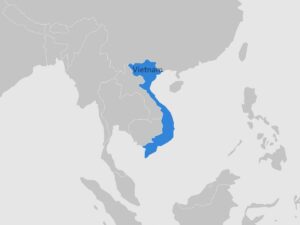
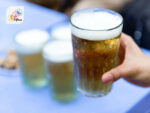
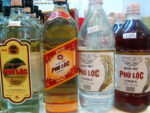
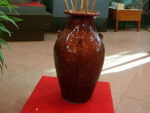
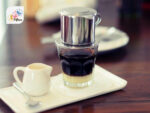



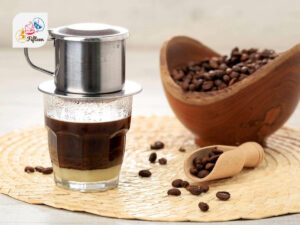
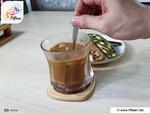
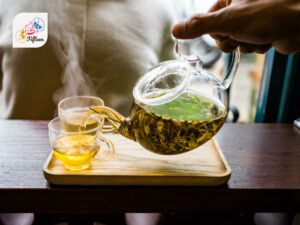
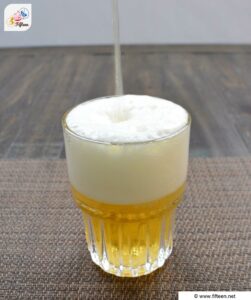
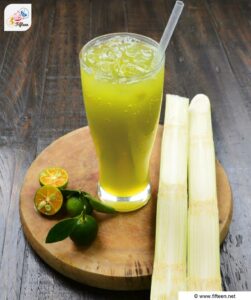
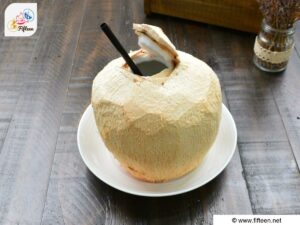
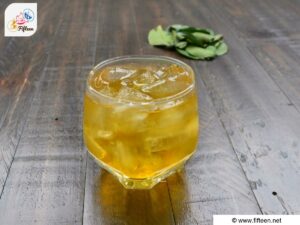
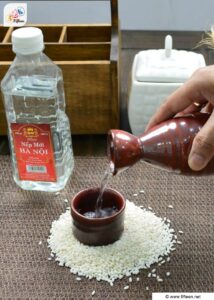
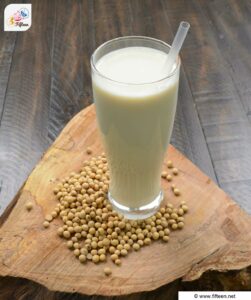
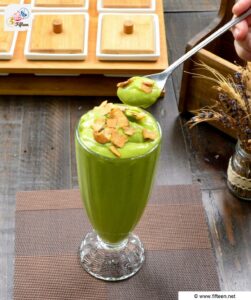
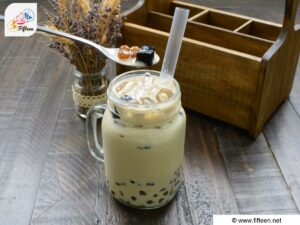
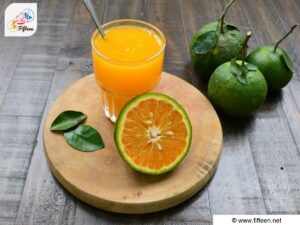
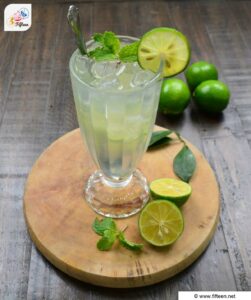
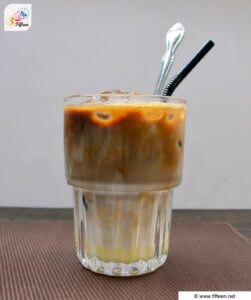
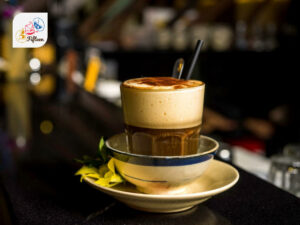
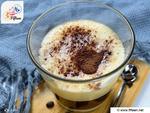
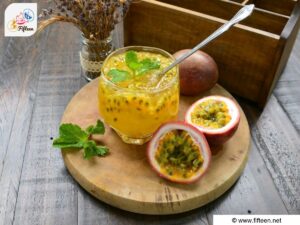
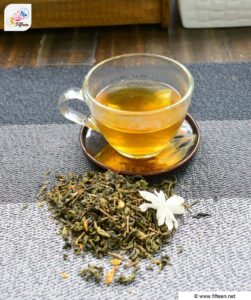
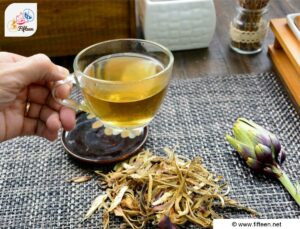
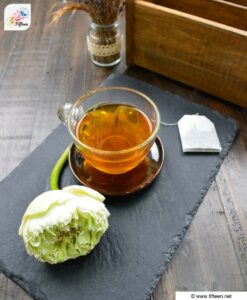
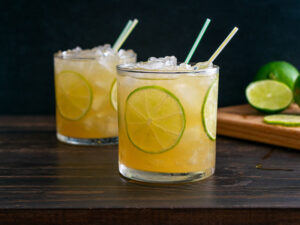
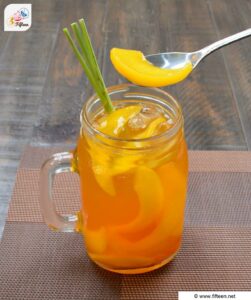
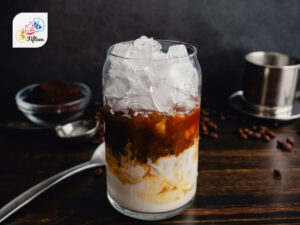
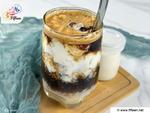
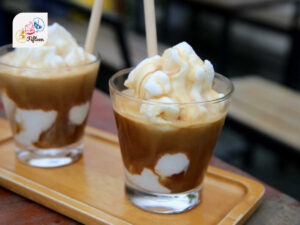
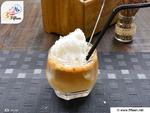
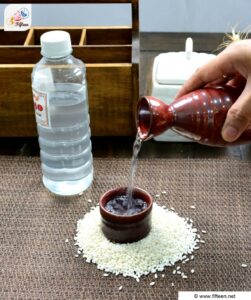
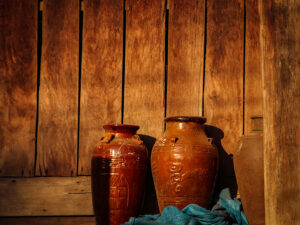
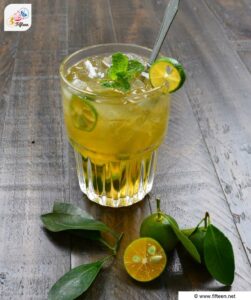
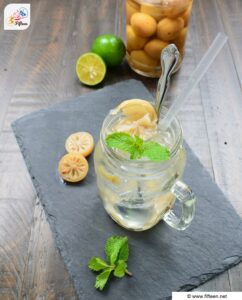
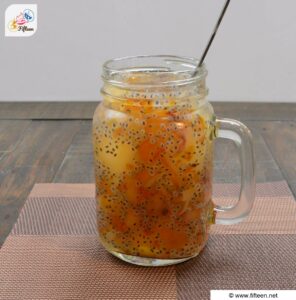
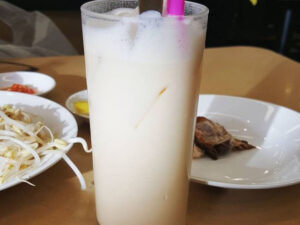
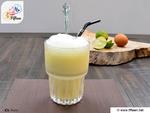
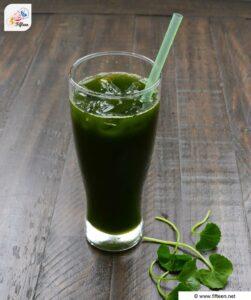
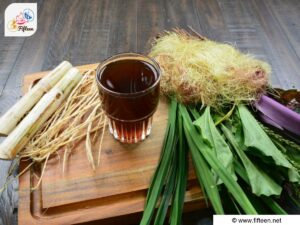
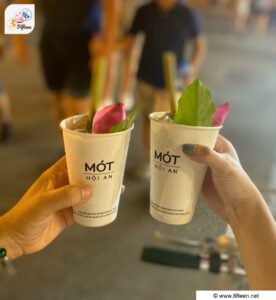
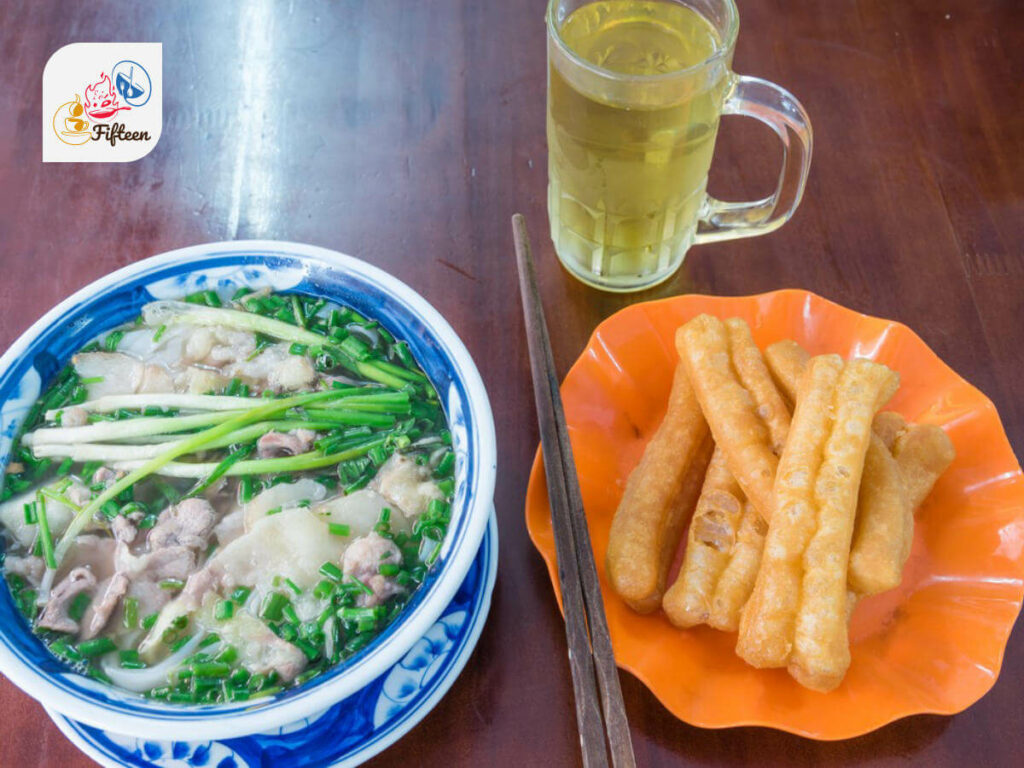
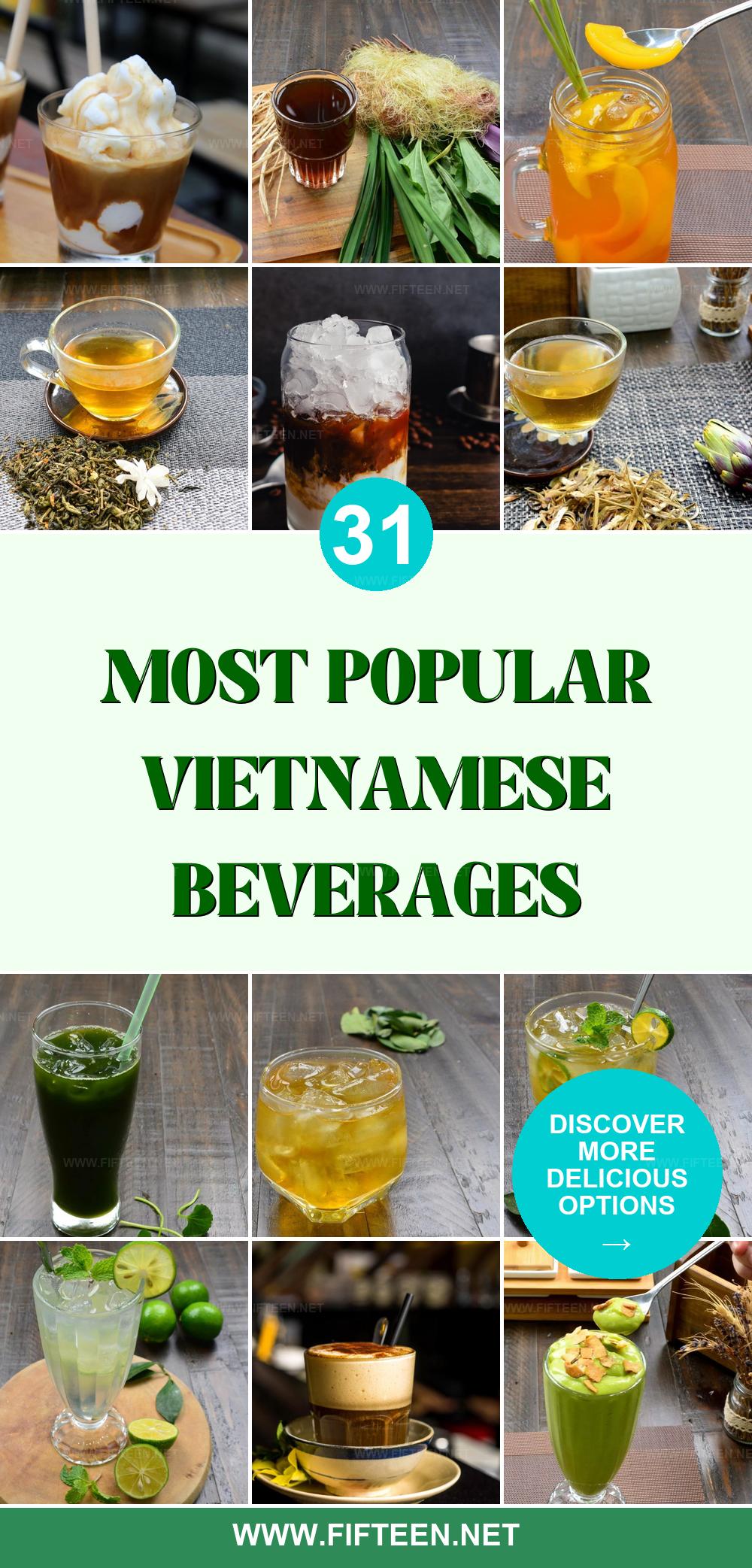
Jamie Scott
Editor in Chief, Senior Content Writer
Expertise
Home Cooking, Meal Planning, Recipe Development, Baking and Pastry, Food Editor, Cooking-video Maker, Western Food Evaluation Expert
Education
Le Cordon Bleu College of Culinary Arts
Local Community College, New York, NY
Jamie Scott is a skilled culinary expert and content creator specializing in Western cuisine. With over 15 years in the culinary field and formal training from Le Cordon Bleu, Paris, Jamie deeply understands how to blend nutrition with delicious flavors. His passion for cooking matches his commitment to making healthy eating accessible and enjoyable.
On Fifteen.net, Jamie brings a fresh perspective to classic dishes and beverages, offering readers insightful recipes, cooking tips, and a fresh view on meal planning that emphasizes taste, health, and simplicity.